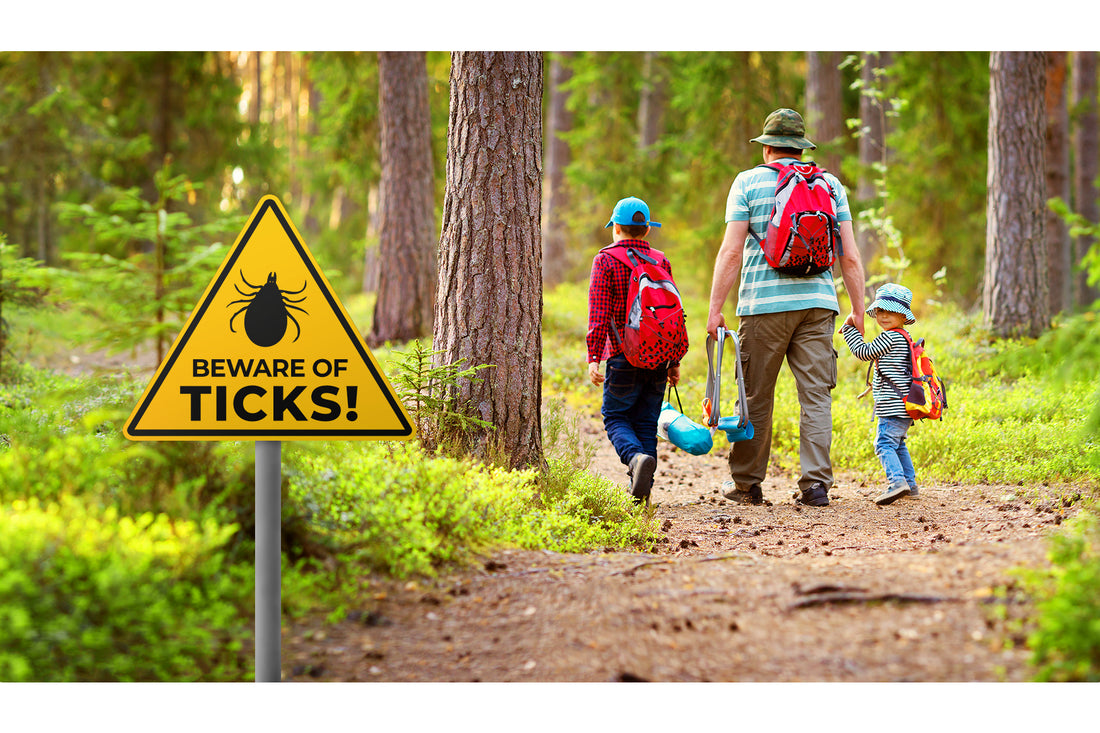
Climate change results in faster spread of Lyme disease
Share

Tick season has begun across the US, bringing with it the threat of Lyme disease. The risk of getting a tick bite starts when the weather warms up in the spring, but ticks can also be active in the winter if the winter is mild and there is not much snow.
Blacklegged ticks are most often found in forests, wooded areas, tall grass, and leaf piles, but because of their hosts as deers, hedgehogs, foxes, birds they can be found in the urban areas also.
When engaging in the following activities, you should take precautions against tick bites:
- golfing
- hunting
- camping
- fishing
- hiking
- trips
- gardening
Just a few decades ago, Lyme disease was pretty well unheard-of in Canada. But climate change and other factors have facilitated a growing number of cases in the last few years.
“It’s spreading geographically, so there’s more of Canada affected,” said Nick Ogden, a research scientist and director of the public health risk sciences division with the National Microbiology Laboratory. “But behind that, the seasons are longer, the numbers of ticks are increasing and the proportion that is infected is increasing.”
Birds bring the ticks north, and if there is a suitable environment with lots of tasty mammalian hosts nearby, they can settle in and reproduce. That is the reason why we can found them in urban areas and big cities. And as they reproduce and feed on local wildlife, more and more of them end up carrying the bacteria which causes Lyme disease. So over time, a higher proportion of ticks end up becoming potentially harmful to humans.
Wearing an insect repellent containing DEET or Picaridin can also help keep ticks away. Using chemicals can be one solution against these parasites, but we don’t like putting chemicals on us and on our family members. Tickless is chemical-free and safe to use for babies from their very first days spent outdoor. This ultrasonic tag helps to keep ticks away from your and your loved ones to enjoy your time in nature without worries.
After you get home, place your clothes in a hot dryer for 60 minutes and take a shower, and examining yourself for any ticks. Ticks are extremely small, so try to spot new freckles on you. If you do spot a tick, remove it carefully. Removing a tick quickly gives it less of a chance to potentially pass on an infection.

“As long as we’re allowed to go out, it’s good to go out,” Ogden said. “Staying in and not doing outdoor activities is not good for your health. And that’s why it’s important to be aware of ticks and how to protect yourself from tick bites.”
According to what scientist Nick Ogden said you have to be more careful with ticks. When you notice some symptoms of the disease: flu-like symptoms, nausea, fever, dizziness, rashes… please contact your doctor as soon as possible to get the right diagnosis and medical care!
With prevention, you can avoid illness! Prevent Lyme disease! Use Tickless to prevent tick bites!
Click here for our chemical-free Tickless tick repellent products
Sources:
https://globalnews.ca/news/6920842/ticks-lyme-disease-canada-spread/
https://www.canada.ca/en/public-health/services/diseases/lyme-disease/risk-lyme-disease.html#a3
